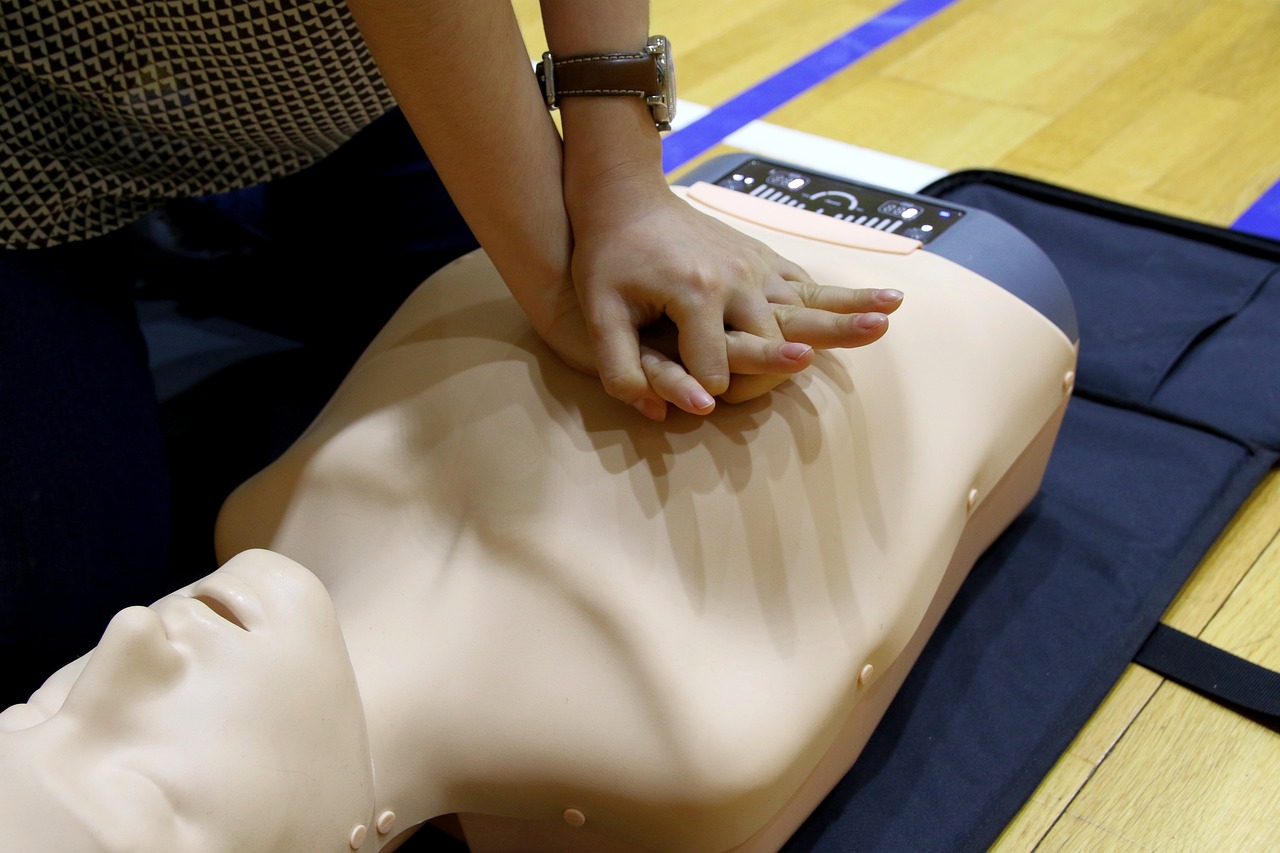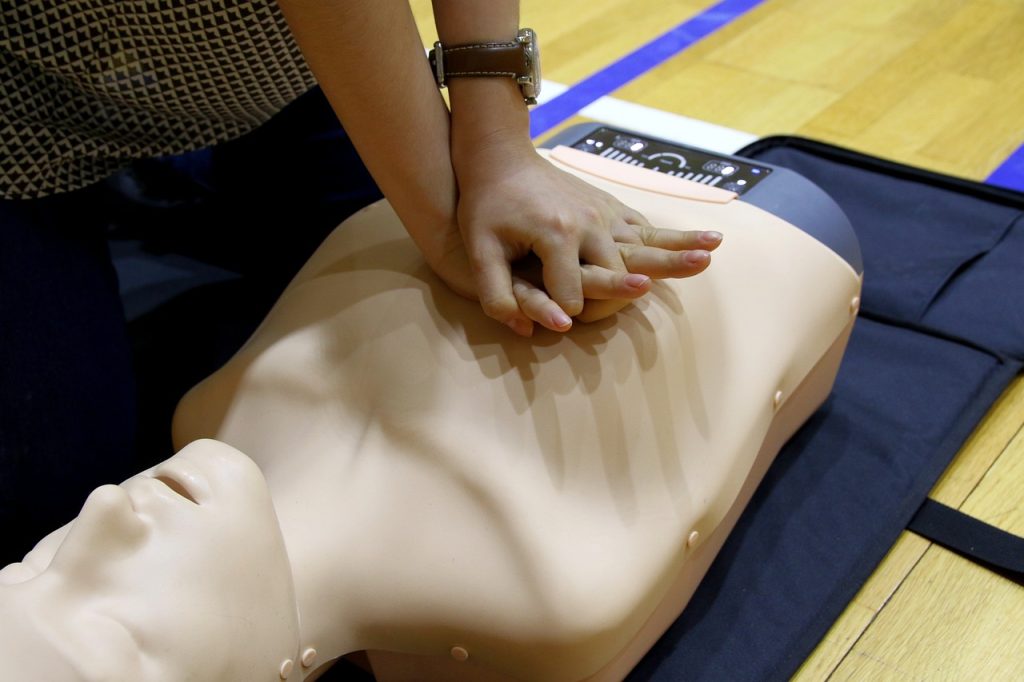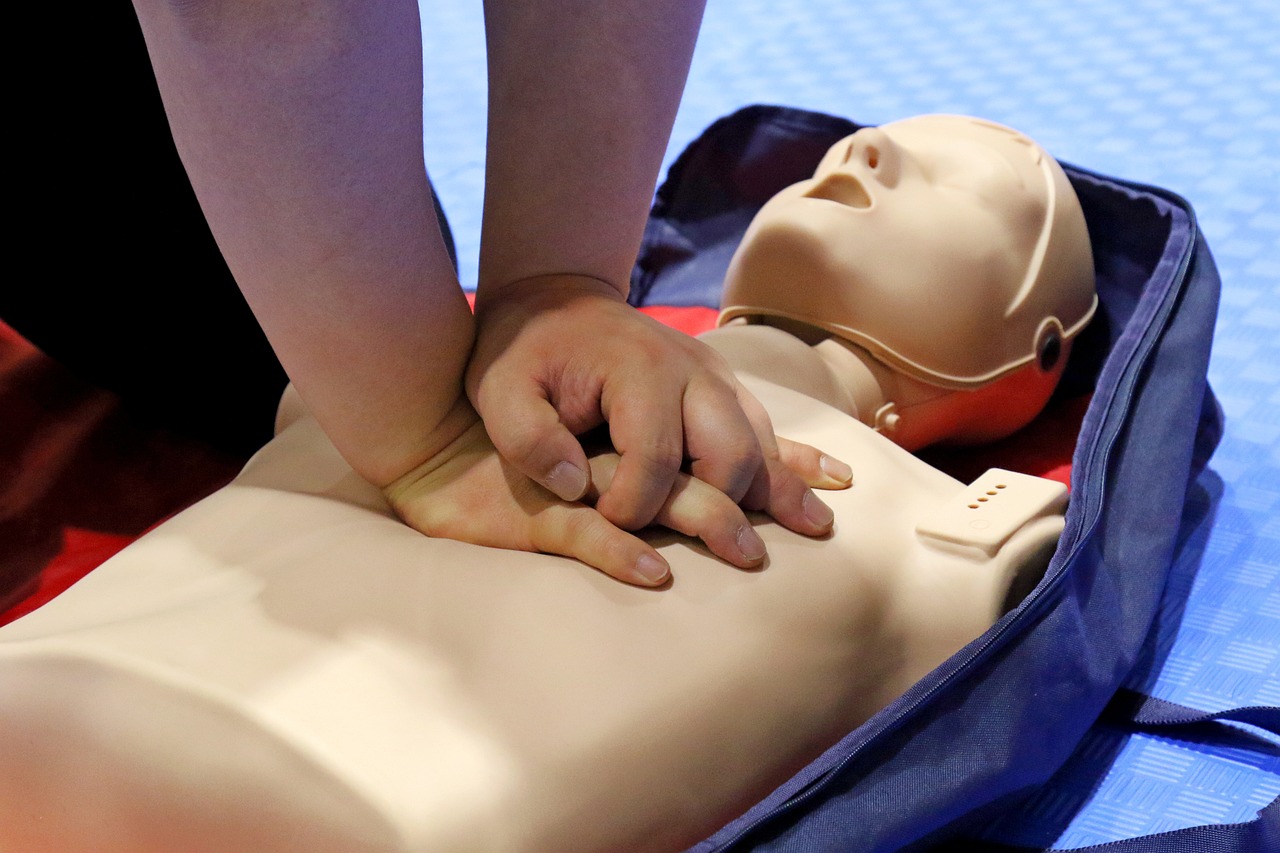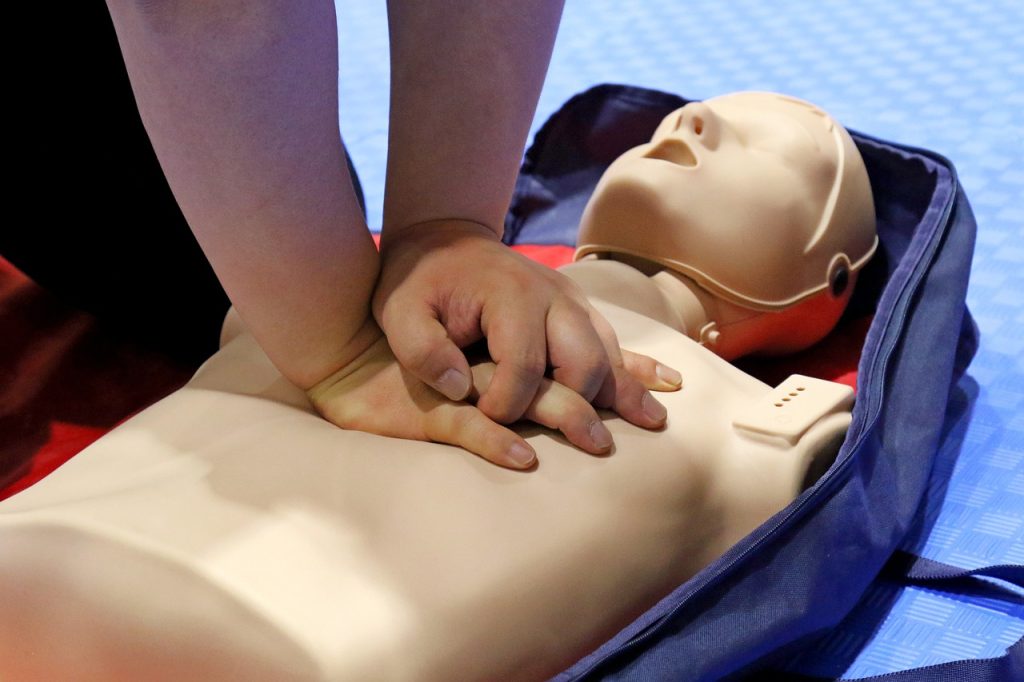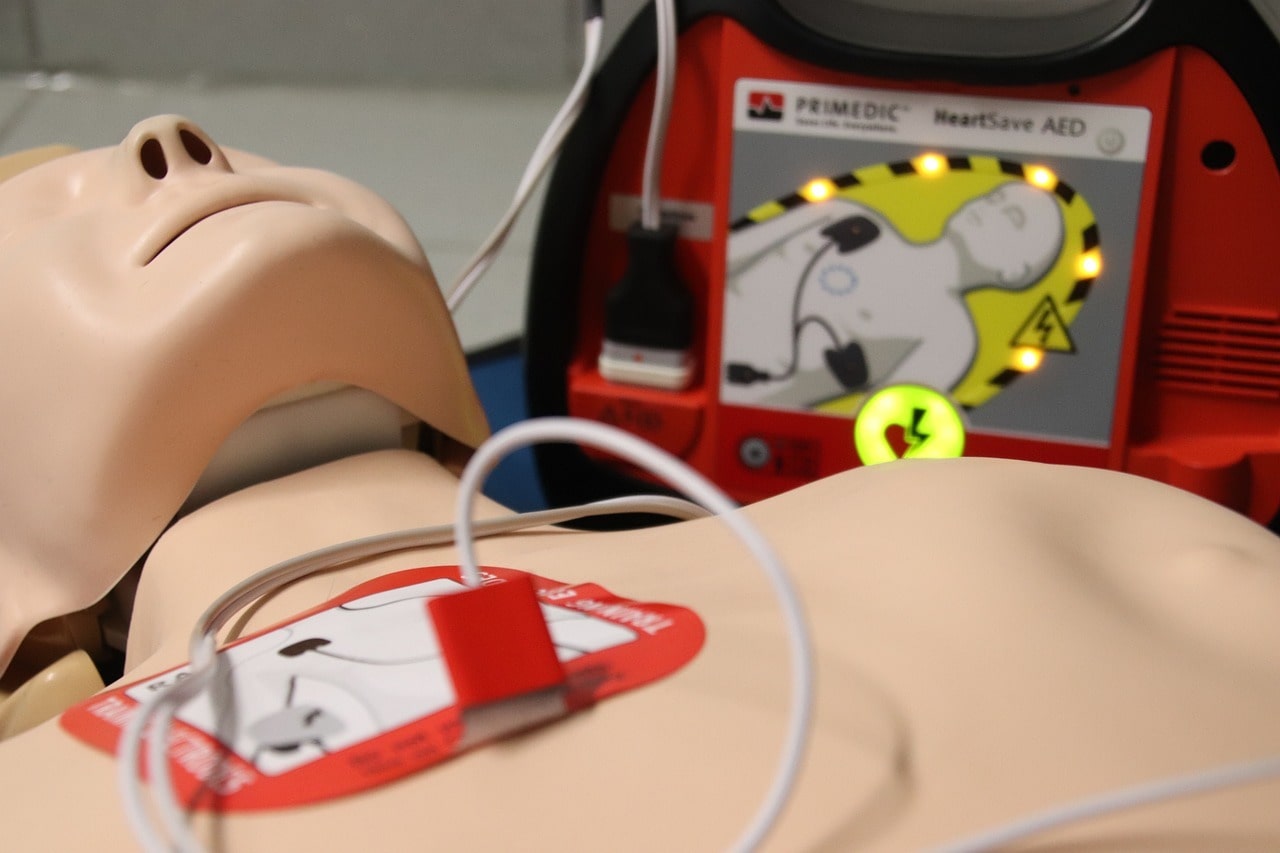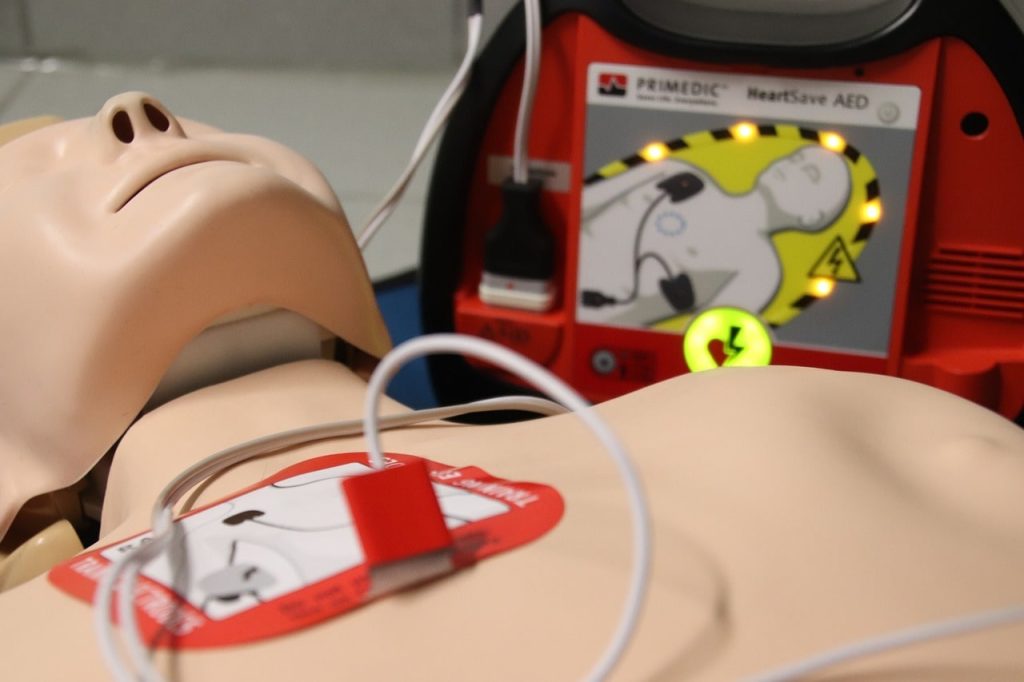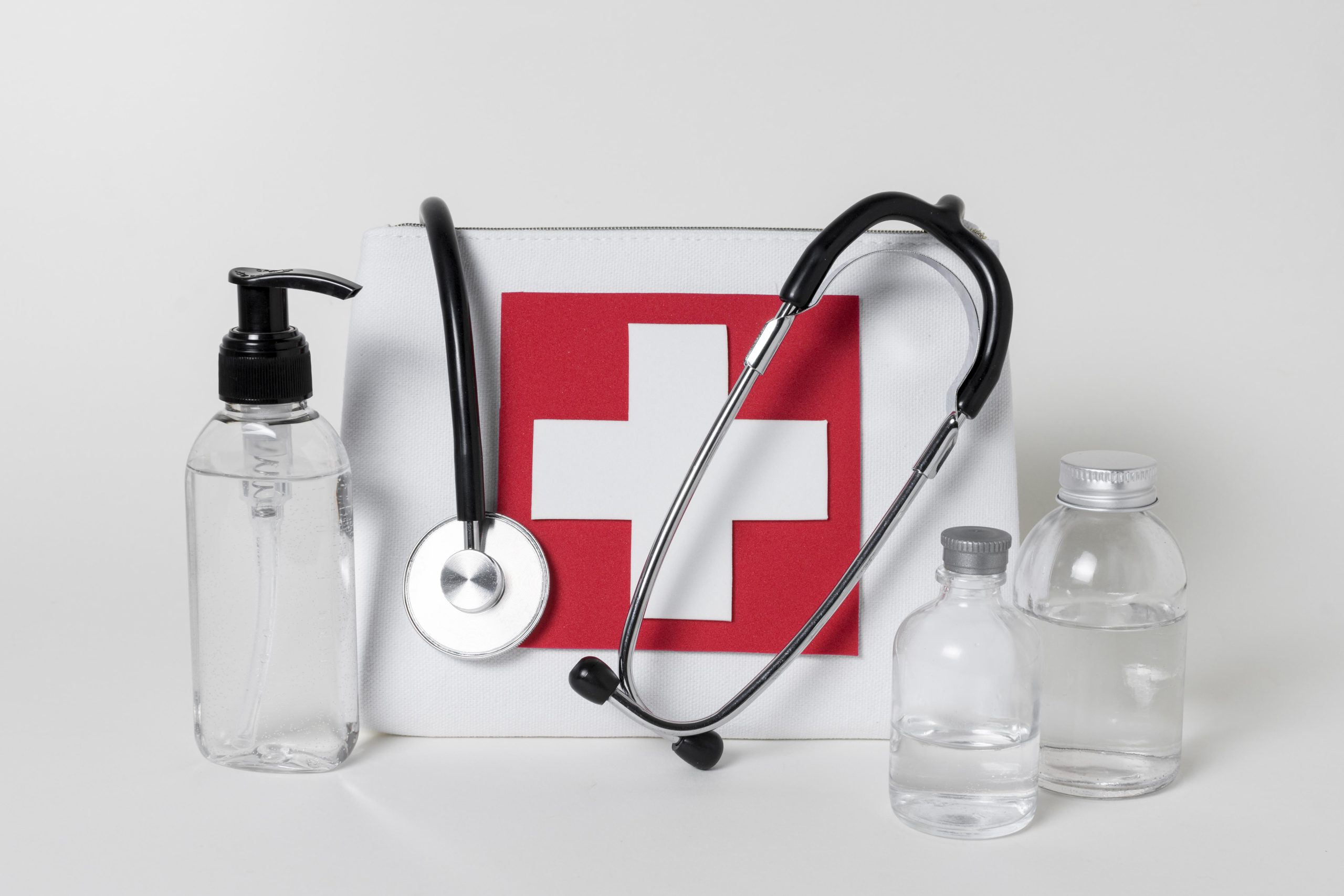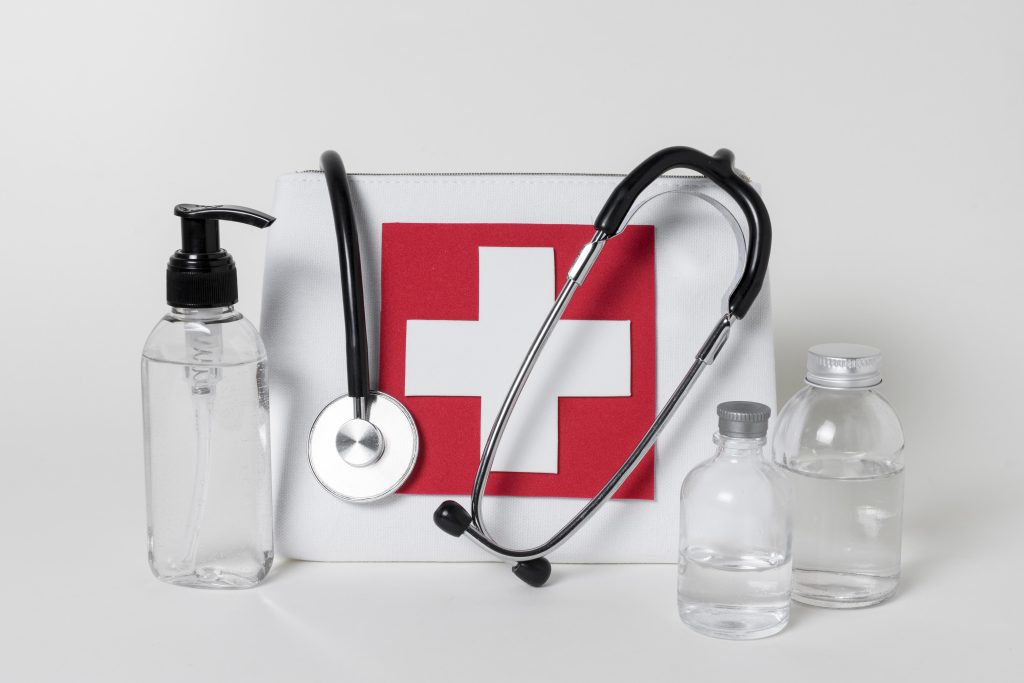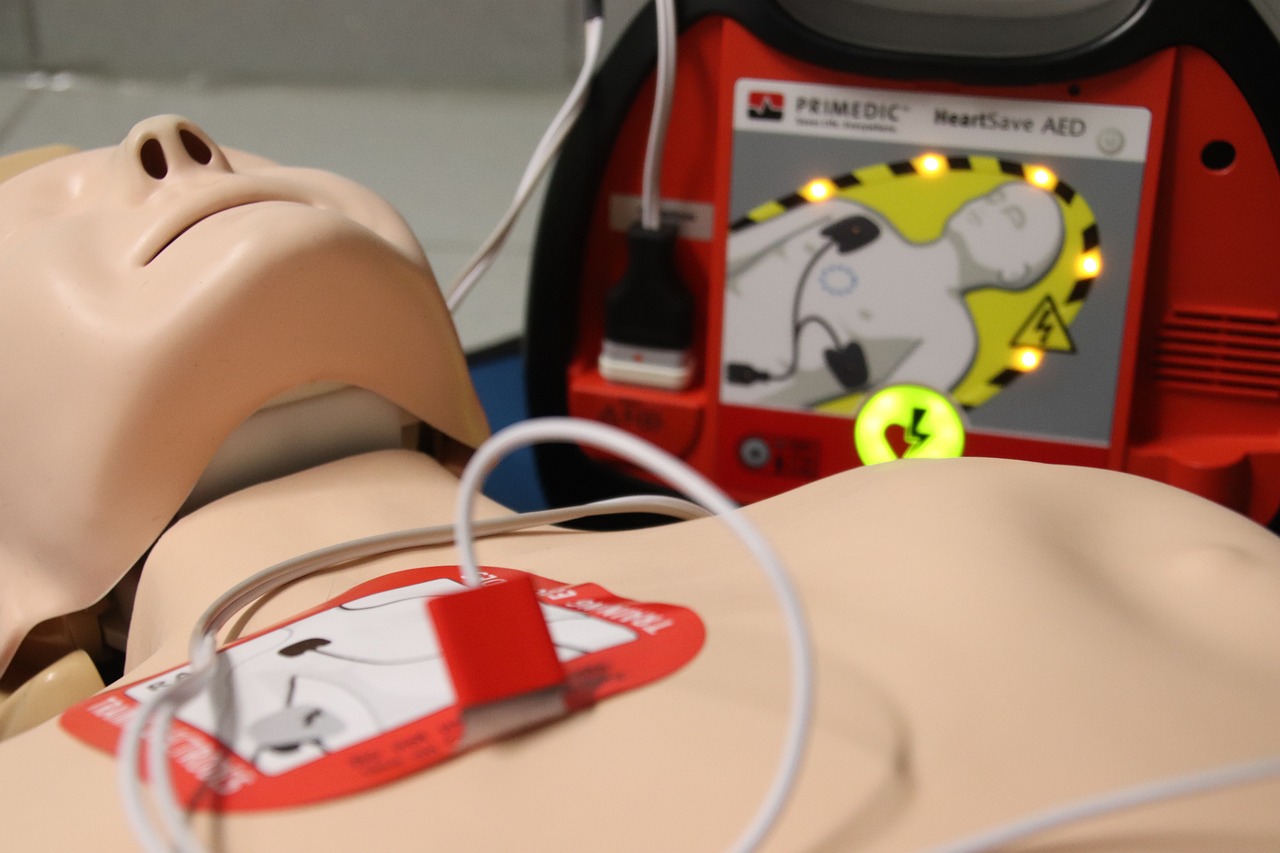What Is AED Certification And Why Is It Important?
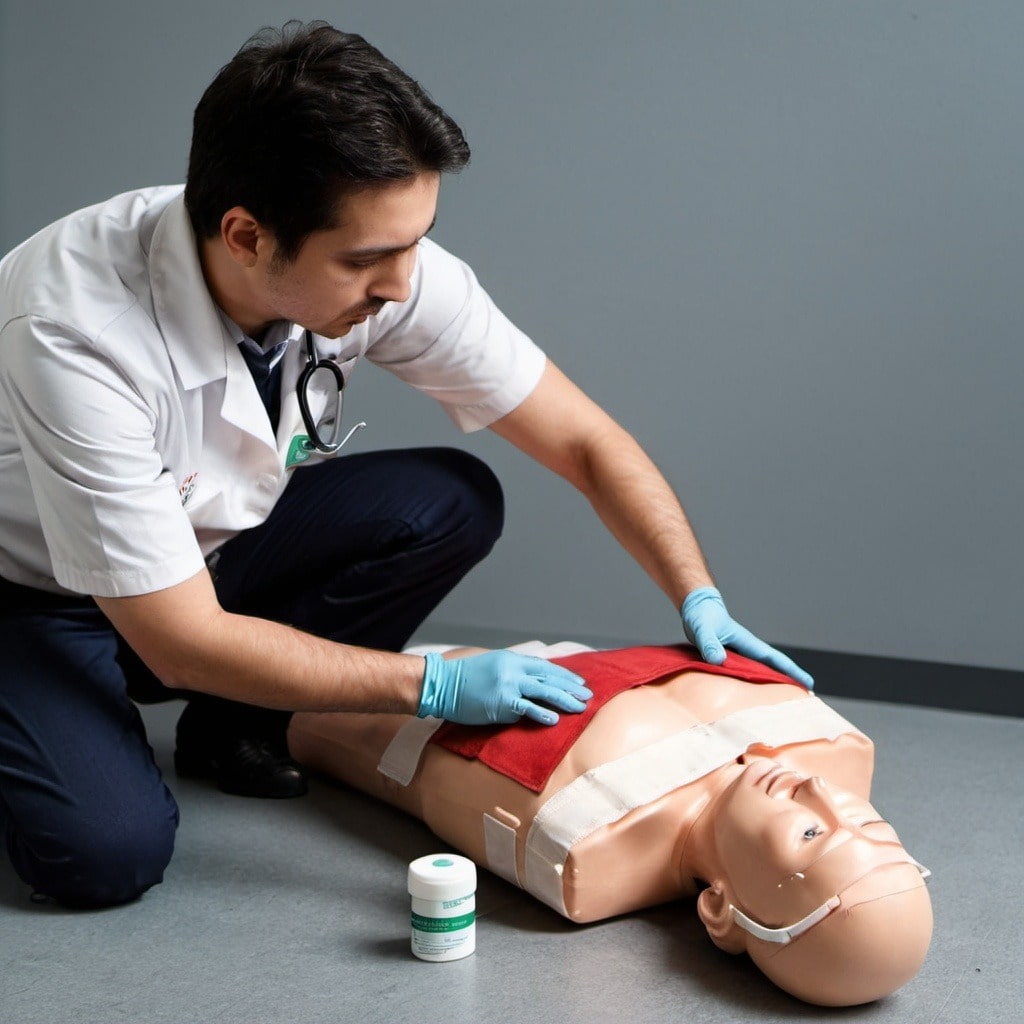
What Is AED Certification And Why Is It Important?

A sudden cardiac arrest (SCA) can strike anyone, anywhere, at any time. In such a critical moment, having immediate access to an Automated External Defibrillator (AED) and someone trained in its use can mean the difference between life and death. AED certification plays a pivotal role in equipping individuals with the skills needed to effectively operate these life-saving devices.
What is AED Certification?
What is AED Certification? AED certification is a formal recognition of an individual’s proficiency in operating an Automated External Defibrillator. This certification typically involves completing a training program that covers the proper use of AED devices, understanding cardiac arrest scenarios, and administering assistance until professional medical help arrives.
Completing AED certification not only enhances one’s ability to respond confidently in life-threatening situations but also contributes to creating safer environments by having trained individuals ready to assist in critical moments.
What Does AED Certified Mean?
Being AED certified means having the knowledge and skills to recognize a cardiac emergency, administer CPR, and use an AED correctly. This certification confirms that an individual is capable of responding effectively in critical situations, potentially saving lives. The certification process typically involves comprehensive training on cardiovascular emergencies, emphasizing the importance of quick and decisive action. Certified individuals not only learn the technical aspects of AED usage but also gain a deep understanding of the urgency and significance of their role in the chain of survival.
Moreover, AED certification often includes education on the signs and symptoms of various cardiac conditions, enhancing the certificant’s ability to assess situations accurately. The training also emphasizes the importance of effective communication and coordination with emergency services. AED certification, therefore, goes beyond the mechanical aspects of AED operation, fostering a holistic approach to emergency response. It equips individuals with the confidence and competence to make informed decisions in high-pressure situations, ensuring a more effective and coordinated response to cardiac emergencies. Ultimately, being AED certified signifies not just a set of technical skills but a commitment to promoting a culture of safety and well-being within communities.
Importance of AED Certification
Swift Response Saves Lives:
SCAs can occur without warning, and immediate action is crucial. AED certification is like having a special skill to act fast and sure. It’s shown that using an AED in the first few minutes of a heart issue really helps people survive. So, being AED certified is not just having a certificate; it’s having the power to be a quick lifesaver. Research indicates that using an AED within the first few minutes of an SCA can significantly increase the chance of survival.
Accessibility to AEDs:
AEDs are becoming more prevalent in public spaces, workplaces, and residential communities. Having AED-certified individuals in these locations enhances the chances of prompt intervention during a cardiac emergency. Their certification means they know how to use these life-saving machines, placed where everyone can get to them fast. This makes communities more ready to handle unexpected health emergencies.
Comprehensive Training:
AED certification courses encompass comprehensive training on recognizing cardiac arrest, performing CPR, and operating an AED. With hands-on practice sessions, simulations, and real-life scenarios, Automated external defibrillator certification ensures not just theoretical knowledge but practical proficiency in critical skills. Individuals with Automated external defibrillator certification are not only equipped to understand the complexities of cardiac emergencies but also ready to respond with confidence and efficacy in real-world situations. This certification signifies a commitment to excellence in emergency response and dedication to creating a safer environment for all.
The Impact of AED Certification on Public Health
The Positive Ripple Effect:
Beyond statistical evidence, the impact of AED certification creates a positive ripple effect within communities. Certified individuals not only enhance their own preparedness but also serve as role models for others. This domino effect fosters a community-wide commitment to Automated external defibrillator accessibility and prompt response, ultimately creating a safer environment for everyone.
Integration with Emergency Services:
Automated external defibrillator certification plays a crucial role in the seamless integration of community efforts with emergency services. Certified individuals become an extended arm of emergency response, acting as first responders in critical situations. This integration ensures a more coordinated and swift response to sudden cardiac arrest incidents, further improving the overall effectiveness of the emergency medical system.
Empowerment and Confidence:
AED certification goes beyond imparting technical skills; it empowers individuals and instills confidence in their ability to make a difference during emergencies. This empowerment translates into a more proactive and responsive community, where individuals are not only trained but also motivated to take swift action when faced with a cardiac emergency.
Community Resilience Building:
Communities with a higher prevalence of Automated external defibrillator certification exhibit greater resilience in the face of health emergencies. The collective knowledge and preparedness of certified individuals contribute to a robust community response system. This resilience extends beyond cardiac emergencies, fostering a community culture that is better equipped to handle various health challenges.
Enhanced Workplace Safety:
AED certification extends its positive impact beyond the community level to workplaces. Businesses that prioritize AED training for their employees create safer work environments. This proactive approach to workplace safety not only protects employees but also reinforces the importance of health and well-being within the organizational culture. Click here to know more about Company Group Certifications.
Holistic Health Education:
AED certification serves as a gateway to broader health education. Certificants gain not only specific knowledge about AED usage but also a heightened awareness of cardiovascular health. This holistic approach to health education encourages individuals to adopt healthier lifestyles, contributing to a reduction in overall cardiovascular risks within the community.
Civic Engagement and Social Responsibility:
Becoming AED certified is not just an individual choice; it is an act of civic engagement and social responsibility. Communities with a higher prevalence of Automated external defibrillator certification demonstrate a collective commitment to the well-being of their members. This shared responsibility strengthens community bonds and fosters a sense of unity in the face of health challenges.
Innovations in AED Technology:
As more individuals become certified, there is an increased demand for user-friendly, advanced AED devices. This cycle of demand and innovation contributes to the continuous improvement of AED technology, making these life-saving devices more accessible and effective for the general public.
Advancing Global Health and Safety Standards
In an interconnected world, the impact of Automated external defibrillator certification extends far beyond local communities, contributing significantly to global health initiatives. It serves as a beacon of preparedness, empowering individuals worldwide to respond effectively to sudden cardiac arrest (SCA) emergencies.
One of the key ways in which certification advances global health is by creating a network of individuals equipped with life-saving skills. As more people across diverse regions obtain AED certification, a collective force emerges, ready to address cardiac emergencies regardless of geographical boundaries. This interconnected approach fosters a sense of global responsibility, with individuals recognizing the importance of their role in the broader health landscape.
Furthermore, this certification contributes to the establishment of universal safety standards. The consistent training and education provided in AED certification courses ensure a baseline of knowledge and competence among certified individuals worldwide. This standardization not only enhances the effectiveness of emergency response but also promotes a global culture of safety and well-being.
AED-certified individuals become ambassadors for health on an international scale. Their ability to respond swiftly to cardiac emergencies aligns with the overarching goal of improving global health outcomes. The ripple effect of this preparedness reaches far and wide, creating resilient communities that are better equipped to handle health challenges.
Conclusion
Don’t wait for an emergency to strike. Take proactive steps to become AED certified. CPR Classes Near Me offers comprehensive AHA BLS, CPR, and AED certification courses that equip individuals with the skills needed to handle cardiac emergencies effectively.
Being AED certified not only boosts your confidence in handling emergency situations but also enables you to contribute significantly to the safety and well-being of those around you. Take the first step towards becoming a global health champion! Enroll in an AED certification course today and join the growing community of individuals dedicated to advancing health and safety standards worldwide. Your decision to become AED certified not only empowers you to make a difference in critical situations but also contributes to a safer and more prepared global community.
Click here to find a convenient AED training course near you. Together, let’s create a world where every heartbeat matters, and every certified individual plays a vital role in building a healthier and safer future for us all.


